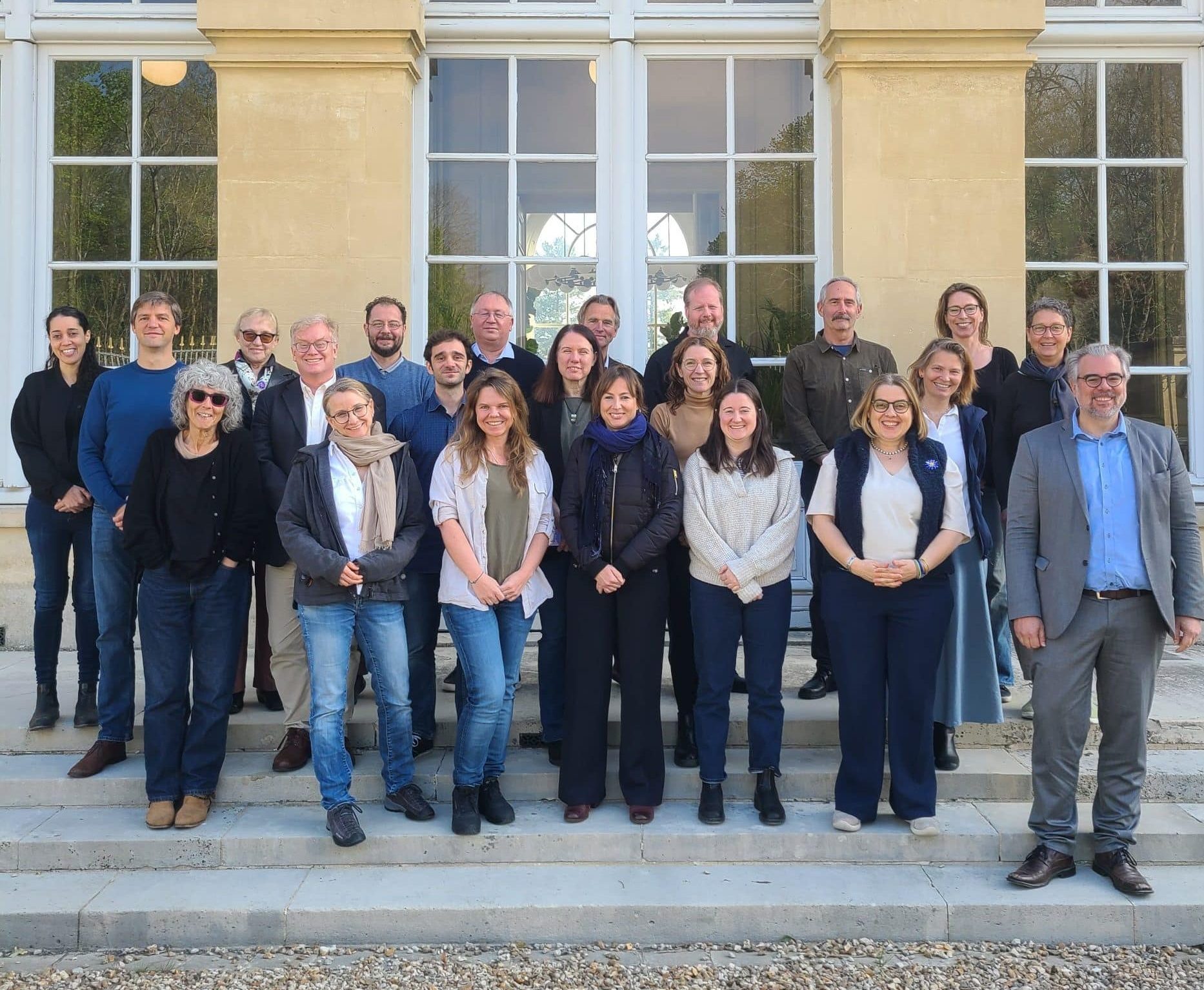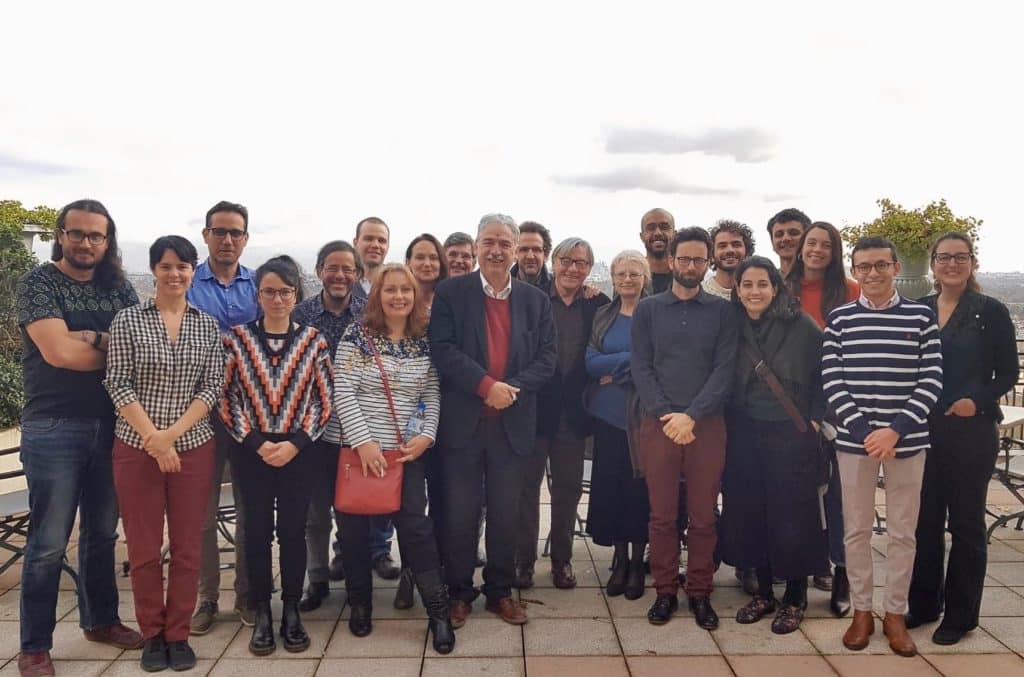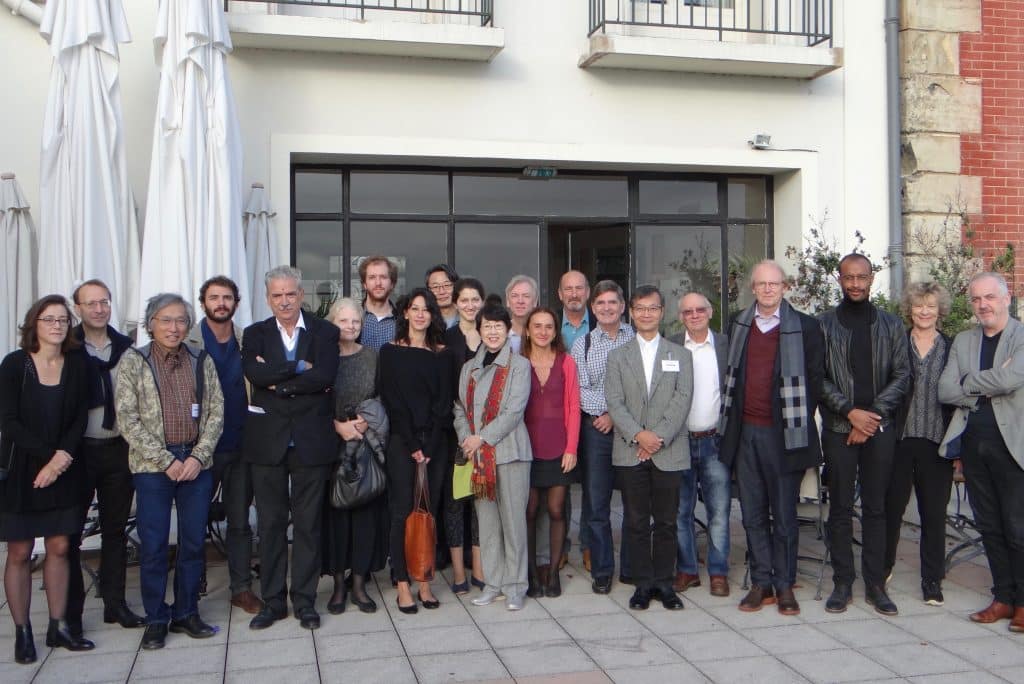Organisateur
- Ghislaine Dehaene Lambertz, Directeur de recherche CNRS, Laboratoire de Neuroimagerie, Neurospin, Université Paris
Saclay, France Vidéo 1 Vidéo 2
Speakers
- Lucia MELLONI, Max Planck for Empirical Aesthetics, Germany
- Lucas BENJAMIN, UNICOG Neurospin Vidéo
- Martin GIURFA, Research Centre on Animal Cognition, Center for Integrative Biology, CNRS, University of
Toulouse, France Vidéo - Giorgio VALLORTIGARA, Center for Mind/Brain Sciences, University of Trento, Rovereto, Italy Vidéo
- Stanislas DEHAENE, Collège de France and INSERM-CEA Cognitive Neuroimaging Unit NeuroSpin Center, Saclay, France Vidéo
- Mathias SABLE MEYER, PhD Candidate (ABD)
PSL/Collège de France & NeuroSpin, France Vidéo - Lorenzo CICCIONE, CEA-Neurospin
Collège de France Vidéo - Carole FRITZ, Directrice de Recherche CNRS – CREAP-E. Cartailhac, MSHS de Toulouse
Directrice scientifique de la Grotte Chauvet-Pont d’Arc
UMR 5608 TRACES Vidéo - Elisabeth SPELKE, Professor, Harvard University, USA
- Gergely CSIBRA, Central European University, Vienna, Austria Vidéo
- Laurent COHEN, Hôpital de la Salpêtrière, ICM, Paris, France Vidéo
- Naama FRIEDMAN, Branco Weiss Chair for Research in Child Development and Education
Head of the Lieselotte Adler Lab for Research in Child Development
Head of MiLa: The Cukier-Goldstein-Goren Center for Mind, Cognition, and Language
Language and Brain Lab, School of Education and Sagol School of Neuroscience
Tel Aviv University, Israël - Christophe PALLIER, CNRS, INSERM U992 Vidéo
- Andreas NIEDER, Institute of Neurobiology, Dept. of Biology, University of Tübingen, Germany Vidéo
- Lucas BONATTI, ICREA and Universitat Pompeu Fabra Vidéo
- Marie AMALRIC, Postdoctoral fellow
Laboratory for Developmental Studies
Harvard University, Department of Psychology. Vidéo - Marie SORESSI, Professeur à l’Université de Leiden, Pays-Bas
- Solange RIGAUD, CNRS Researcher, PhD
Université de Bordeaux, France
Logic and Symbols
Human adults commonly use symbolic systems (e.g. speech, numbers, writing code, algebraic formula) to represent aspects of the external world, and they easily and flexibly go from symbols to objects and vice-versa. This “symbolic mind” might be related to a distinct human neural architecture, in particular, the expansion of the associative areas and the development of new long-distance fiber tracts, such as the arcuate fasciculus. More efficient connections to and from the frontal lobe and a longer memory buffer may lead to the discovery of more abstract structures, and ultimately enable to represent the external world with a symbolic system. During the symposium, we will explore the differences between human adults and infants but also between modern and past humans and humans and animals in their capacity to use symbols and logical operations
Vidéo


